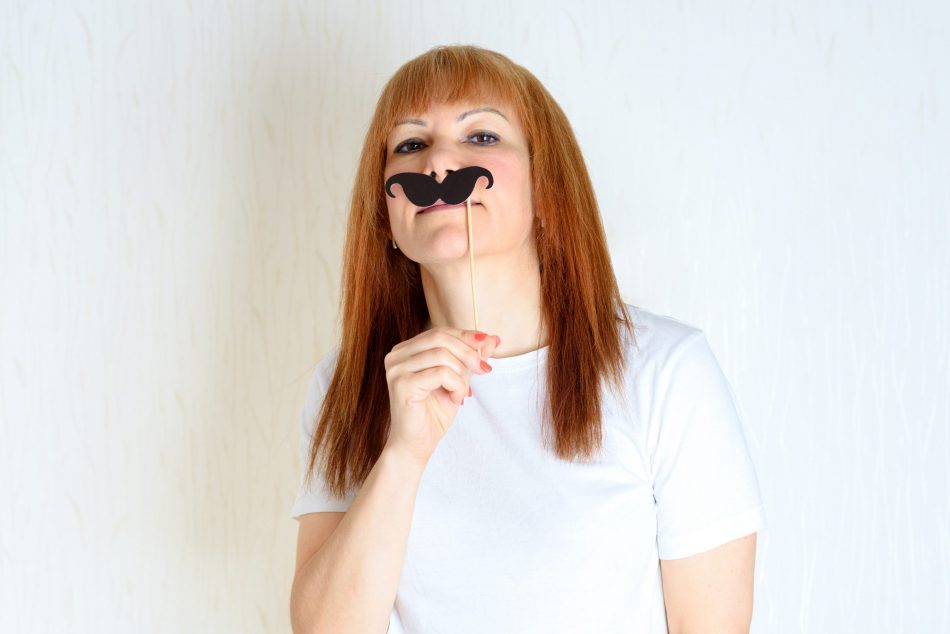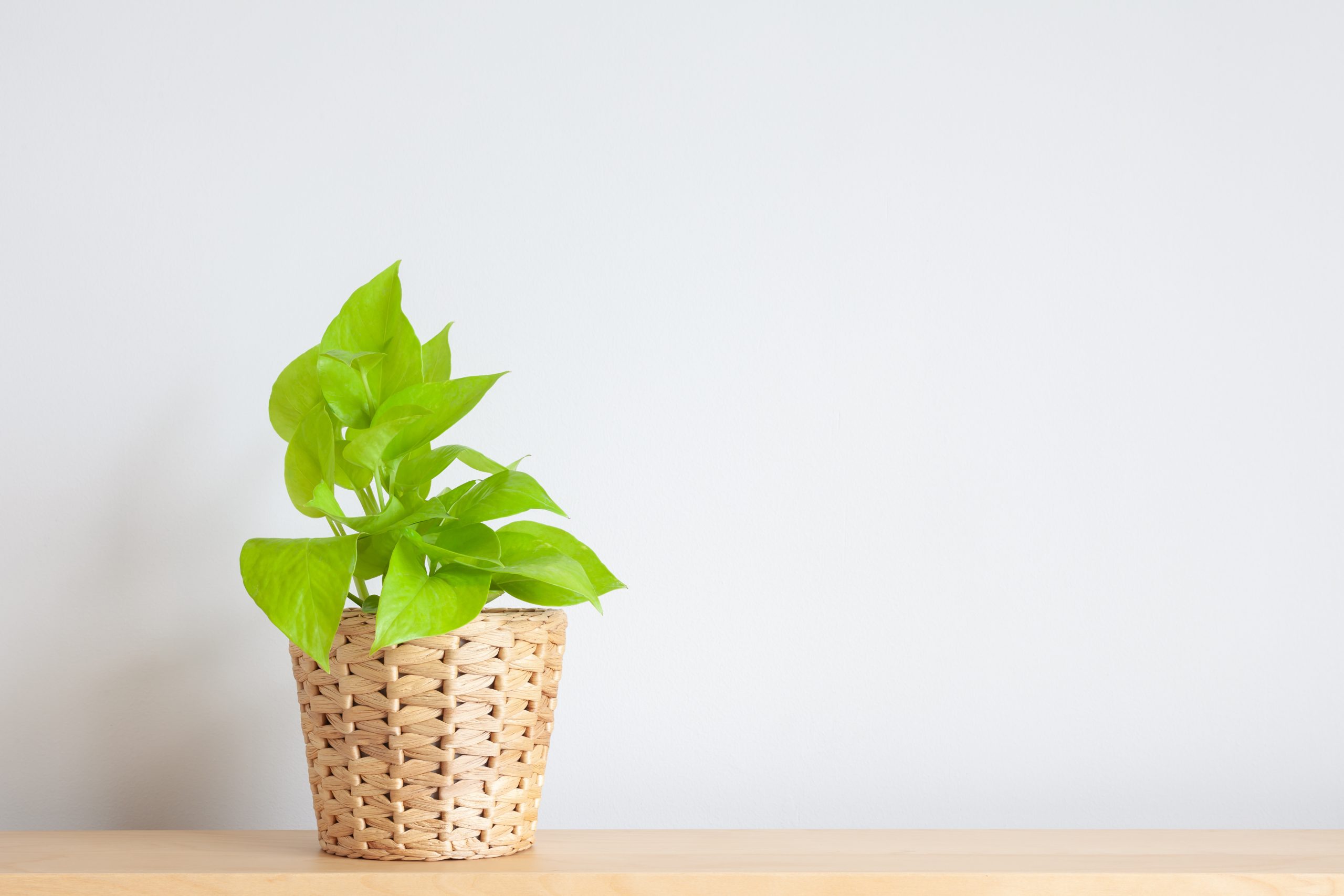Do you ever feel like you’re not good enough? You are not alone.
In 1978, graduate students Suzanne Imes and Pauline Rose Clance realized that they had the same feelings of inadequacy and anxiety and that many other female students struggled with similar thoughts as well.
Imes, a psychologist, says that they coined the term imposter phenomenon to define the sensation of feeling like a fake among your peers. This is common among high-achieving people who worry that people will realize that they are not as brilliant as they seem. But the imposter phenomenon is not limited to high-achievers and is prevalent across racial, social, and gender groups.
Studies show that the phenomenon may be more prevalent among women, but that men who suffer from the imposter phenomenon will experience more anxiety. Men may also not realize when they are experiencing the imposter phenomenon because society generally discourages sensitivity in men.
Andrea Salazar-Nuñez, a licensed psychologist at the University of Washington in Seattle says that the imposter phenomenon is influenced by the messages you get from society about who you are and where you belong. This means that the imposter phenomenon is more common and can be more severe for people of color, and especially women of color.
While there is no “cure” for it, we do have five strategies here to help manage the imposter phenomenon when it makes an unwelcome appearance.
Name it: The first step to understanding and addressing a problem is identifying it. Imes has a motto: “Less judgment, more curiosity.” This means not judging yourself for feeling like an imposter, but to ask yourself what you are truly feeling in that moment.
Take stock of your true talents: Acknowledging your strengths can be difficult for people to do, however, Imes has a technique that might work for you. First, make a list with three columns: the first, of things you’re not that great at, the second, of things you are okay at, and the third, of things you are very good at.
Acknowledge the roles of racism and oppression: It’s important to put your feelings in context. If you are a person of color in a space built for a predominantly white community, then feeling like you don’t belong is a natural reaction. It’s essential to understand the context from which these feelings may originate.
Ask for help: Sharing your struggles with your community will alleviate your sense of loneliness and validate your experience.
Take a break: Take a deep breath and remember that your worth is not reflected in the lies you tell yourself. When things get overwhelming, find activities that help you transform your mindset, whether it be taking a nap, practicing some yoga, or curling up with a book.












